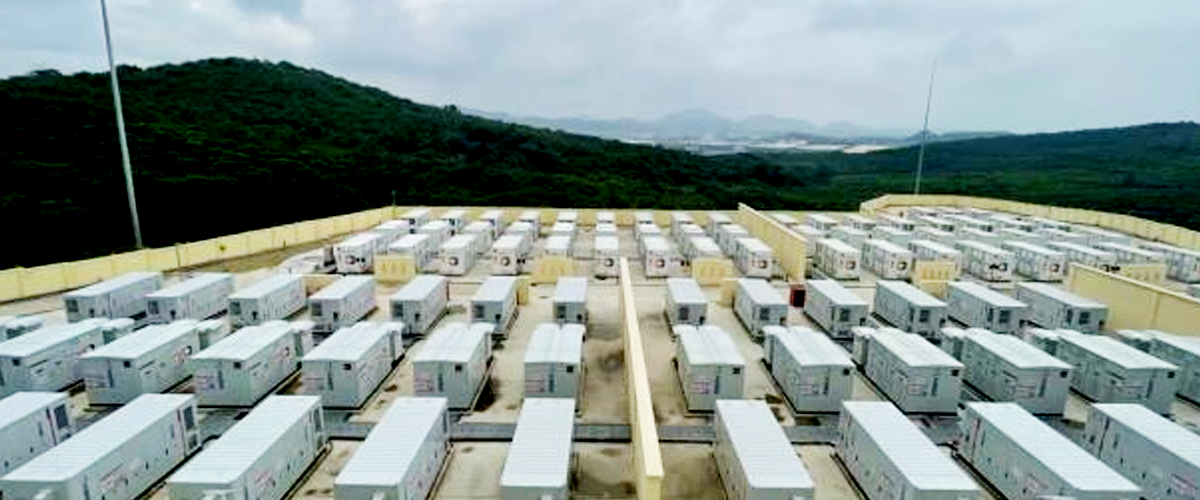The Guigang Photovoltaic Power Station is located in Gangnan District, Guigang City, Guangxi Zhuang Autonomous Region, with an installed capacity of 80 MW. It is the first centralized grid-connected photovoltaic power generation project in Guigang, with a total area of 1,614 mu (around 108 hectares). It can provide 88 million kWh of green electricity every year, save 29,000 tons of standard coal, reduce 74,700 tons of carbon dioxide emissions, 715 tons of sulfur dioxide and 660 tons of nitrogen oxides. The land of the project is unused barren hills, which makes the best use of resources through obtaining the economic benefits of green power generation and reaping the social benefits of energy saving and emission reduction, thus contributing to the early realization of the dual carbon goals in Guangxi.









